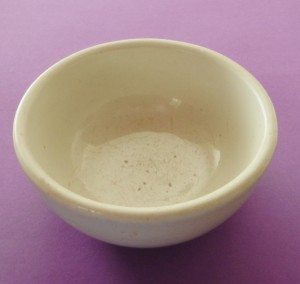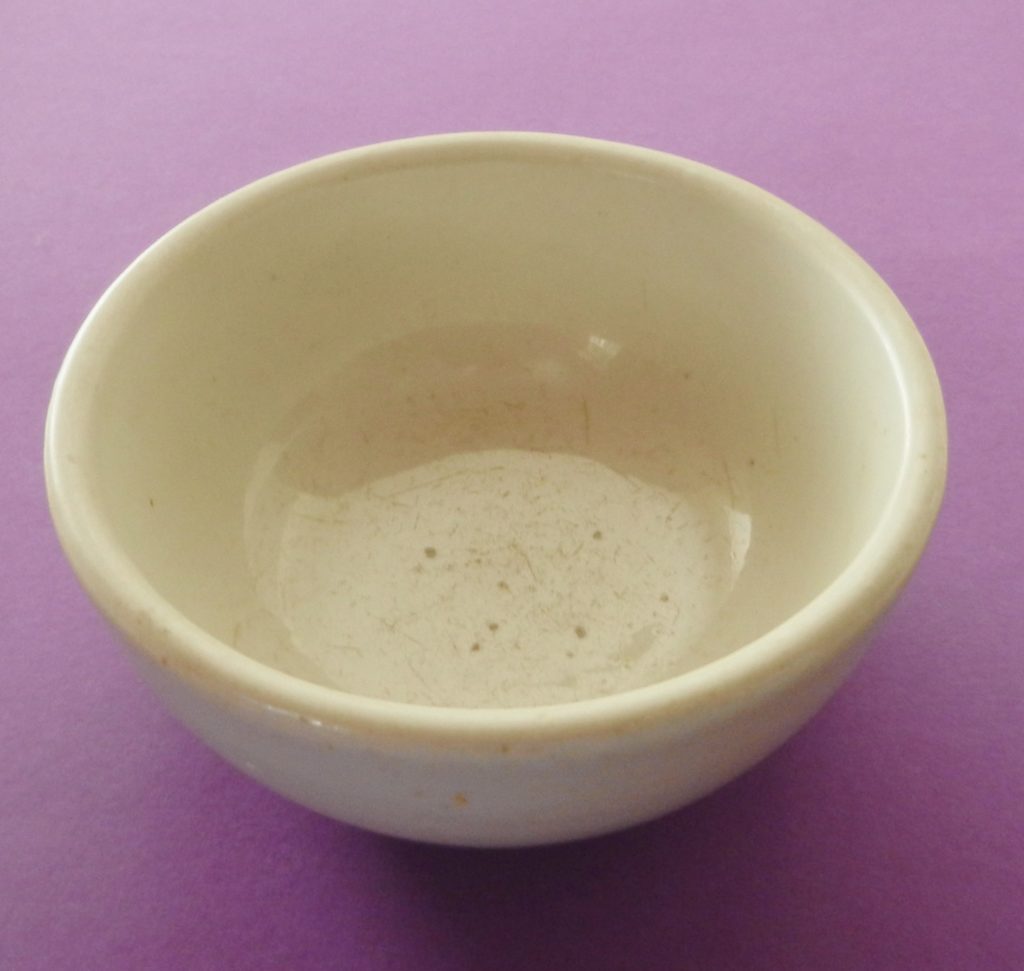 More Than Just An Ordinary Bowl
More Than Just An Ordinary Bowl
This bowl has a story. I don’t know the complete story. Fact is, I know so very little about this bowl. But here is what I do know. It is at least seventy-three years old, give or take a year, and along with its owner, it survived imprisonment.
Its history—at least partially— has to do with the Japanese Americans interned on my reservation during World War II. The internment camp was named the Poston War Relocation Center. The Poston Relocation War Center was built over the objections of the Tribal Council. Reflecting the sentiments of tribal members, the Council refused to be part of doing to others what had been done to them. Their objections had nothing to do with lack of enthusiasm in supporting the war efforts. Native Americans are among the most patriotic people in the USA. They simply did not support the idea of rounding up and imprisoning innocent American citizens just because they shared the same ancestry with our then enemy, Japan. The Tribal Council was overruled by the BIA and Army commanders, who then took control of 71,000 acres of tribal land and proceeded on building the camps.
There were three camps, actually. The Indians referred to them as Camp One, Camp Two, and Camp Three, while the internees had their own name for each camp all which had to do with the terrible heat and dust of the desert they were unaccustomed to. The combined population of the three camps was well over 17,000 Japanese Americans. The camps closed in 1945, and many possessions of the Japanese internees were left behind. Some possessions were given to people who had befriended them. If I remember correctly, my mother received four of these bowls, all identical. This one she gave to me years later. Did she mention the name of her Japanese friend, or what camp her friend was interned in? Most likely. I just don’t remember.
I’ve often wondered about this bowl. If by some magic the bowl was made capable of seeing and hearing, what did it witness? If it could speak, what would it tell us? What would it reveal about its owner, her family? What emotions did she suffer when being rounded up like a criminal and incarcerated in a prison camp in the middle of a desert on an Indian rservation? How did she endure the years of incarceration? Where did she come from before confinement and to where did she return? What camp was she placed in? I’m unsure about that. What was the bowl’s history before it found itself in an internment camp in Poston, Arizona?
A simple, thick, heavy, off-white bowl with obvious marks of use, invoke so many questions to which I have no answers. But it is a reminder of a time when a grave injustice was committed. And it reminds me of Mama.
![]()

